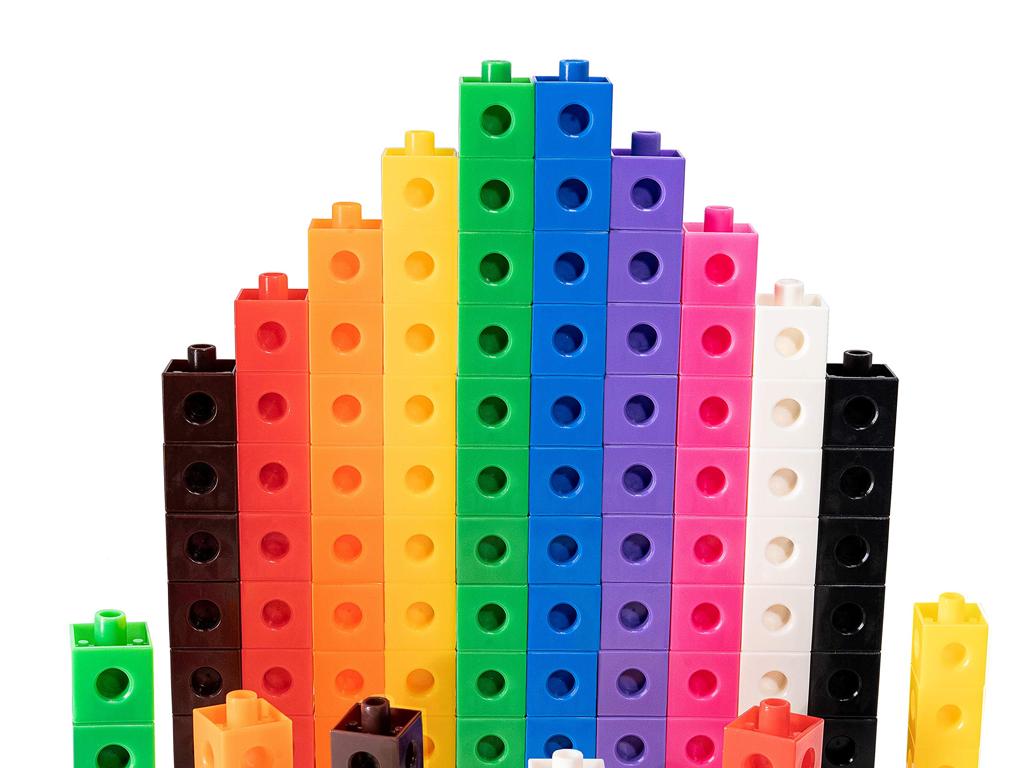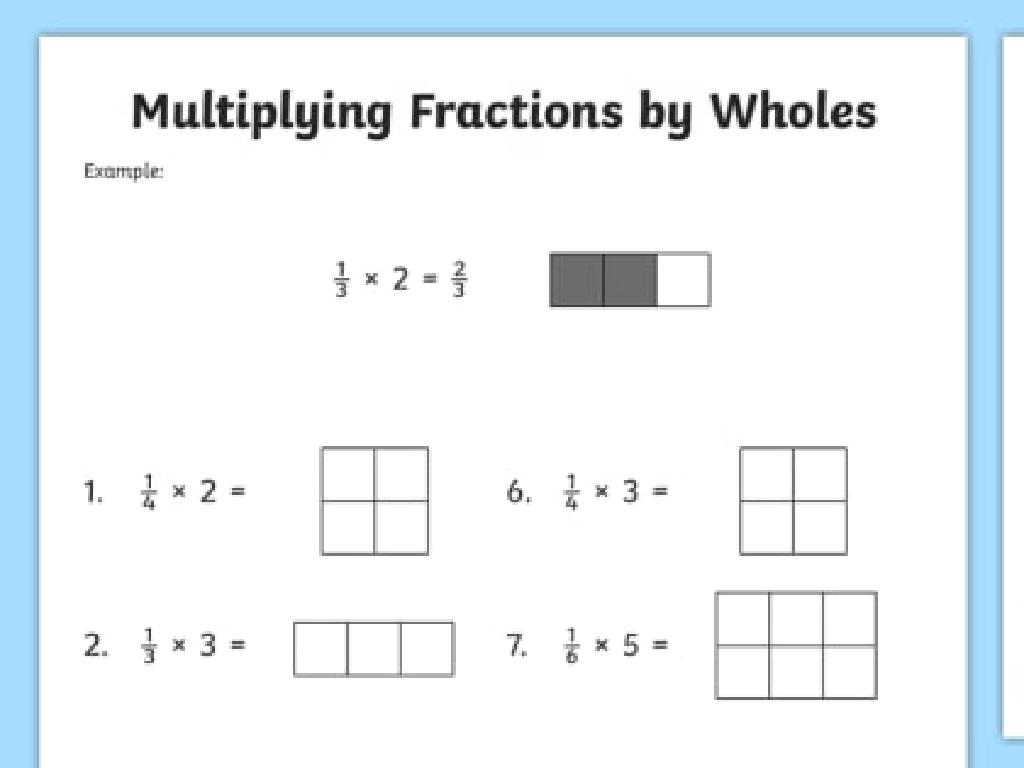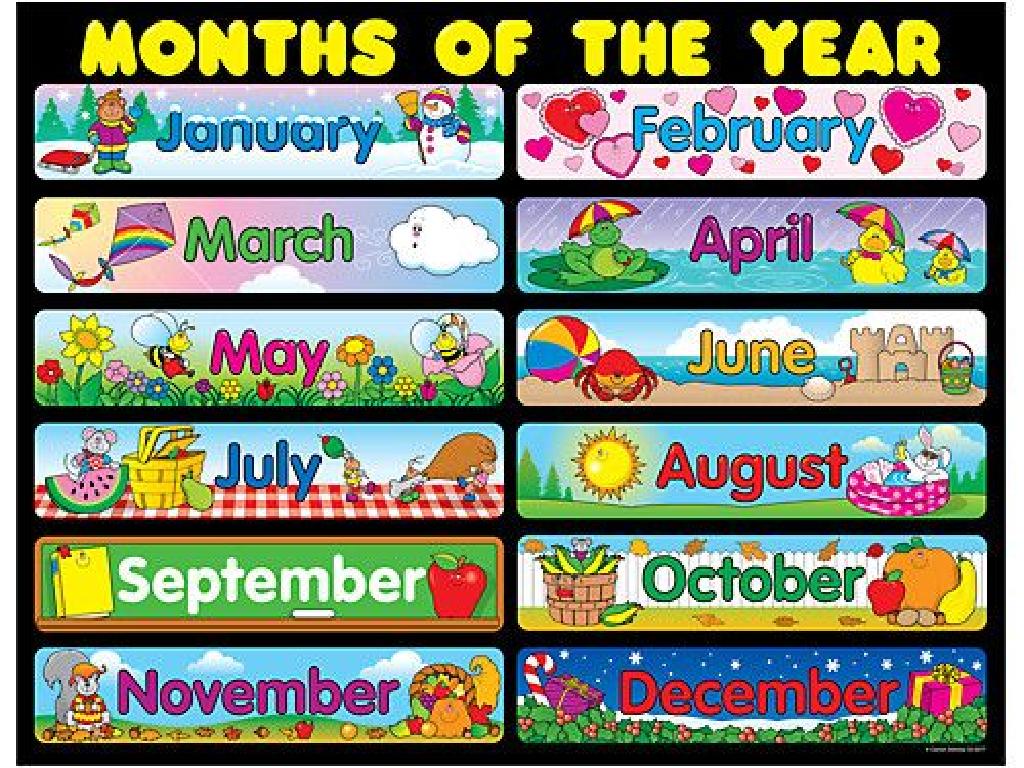Choose The Correct Spelling Of The Consonant-L-E Word
Subject: Language arts
Grade: Second grade
Topic: Consonant-L-E
Please LOG IN to download the presentation. Access is available to registered users only.
View More Content
Welcome to Consonant-l-e Words!
– Discover consonant-l-e words
– Example of a word ending in -le?
– Like ‘table’ or ‘little’
– Understanding improves reading
– Recognize patterns in words
– Spelling skills get better too
– Practice makes perfect!
|
This slide introduces the concept of consonant-l-e words to second graders, aiming to enhance their reading and spelling skills. Start by explaining what consonant-l-e words are: words that end with a consonant followed by the letters ‘l’ and ‘e’. Ask the class for examples to engage them and assess their prior knowledge. Emphasize the importance of understanding these words to improve their literacy skills. Encourage students to look for these patterns when reading and provide them with simple exercises to practice spelling. You can create a fun activity where students find consonant-l-e words in a passage or use them in sentences.
Understanding Consonant-l-e Words
– What are Consonant-l-e words?
– Words ending with a consonant, ‘l’, then ‘e’
– ‘e’ at the end is silent
– ‘l’ sound is heard at the end
– Examples: ‘table’, ‘apple’
– ‘little’, ‘candle’, ‘purple’
|
This slide introduces the concept of Consonant-l-e words to second graders. It’s important to emphasize the structure of these words, which typically end in a consonant followed by an ‘l’ and a silent ‘e’. The silent ‘e’ at the end of the word is a key feature, and it’s crucial for students to recognize that it doesn’t affect the pronunciation of the word. Instead, the ‘l’ sound is pronounced at the end. Provide examples like ‘table’, ‘apple’, and ‘little’ and encourage students to practice by identifying more Consonant-l-e words in their reading or environment. You can also have them practice spelling these words to reinforce the concept.
Spotting Consonant-l-e Words
– Find the consonant-l-e pattern
– Look for words where a consonant is followed by ‘le’ at the end.
– Is it a consonant-l-e word?
– I’ll show a word, decide if it fits the consonant-l-e rule.
– ‘l’ or ‘e’ ending doesn’t always qualify
– Words like ‘little’ or ‘people’ don’t follow the consonant-l-e pattern.
– Practice with examples
– Examples: ‘candle’, ‘jungle’, ‘bottle’. Are these consonant-l-e words?
|
This slide is aimed at helping second-grade students recognize the consonant-l-e word pattern. Start by explaining that this pattern involves a consonant followed by ‘le’ at the end of a word. Show them examples of words and ask them to identify whether they follow the consonant-l-e pattern. Clarify common misconceptions by highlighting that not all words ending in ‘l’ or ‘e’ are consonant-l-e words. Provide practice with clear examples and encourage students to explain why a word does or does not fit the pattern. This will help them understand the rule and apply it when reading and writing.
Spelling with Consonant-l-e
– Words ending with consonant-l-e
– Look and listen to the word ending
– Use your eyes and ears to spell correctly
– ‘bottle’ not ‘bottel’
– ‘bottle’ has the consonant-l-e ending we’ve learned
– Practice makes perfect
– Keep practicing with different words
|
This slide is aimed at helping second-grade students understand the concept of consonant-l-e word endings. Emphasize the importance of both visual and auditory recognition of words to determine the correct spelling. Use ‘bottle’ as a clear example to show the correct consonant-l-e structure. Encourage students to practice with more words to reinforce the lesson. During class, you can conduct spelling bees or have students write down words they think end with consonant-l-e and discuss why some are correct and others are not. This will help them remember the rule and apply it to their writing.
Practice Time: Spelling with Consonant-l-e
– Look at the picture shown
– Write down the word you think it represents
– Use the consonant-l-e rule for spelling
– For example, ‘table’ ends with a consonant-l-e
– We’ll review and correct spellings as a class
|
This slide is for a class activity focused on practicing the consonant-l-e spelling rule. Display a picture that represents a word ending with the consonant-l-e pattern, such as ‘bubble’, ‘candle’, ‘apple’, or ‘turtle’. Encourage the students to write down the word they believe the picture represents, reminding them to apply the consonant-l-e rule. After they have written their words, go through the answers as a class, allowing students to self-correct or learn from their mistakes. This exercise will help reinforce their understanding of the rule and improve their spelling skills. Possible activities could include showing pictures of a ‘castle’, ‘puzzle’, ‘ankle’, or ‘bicycle’ and asking students to spell each word.
Let’s Play ‘Spell It Right!’
– Listen to the consonant-l-e word
– Write the word on your whiteboard
– Show your spelling to the class
– Celebrate correct spellings!
|
This slide introduces a fun and interactive game called ‘Spell It Right!’ to help second-grade students practice spelling words with the consonant-l-e pattern. As the teacher, you will say a word aloud, and students will attempt to write it correctly on their whiteboards. After a moment, ask the students to show their whiteboards. Celebrate and gently correct as needed, reinforcing the correct spelling of each word. Possible words to use include ‘candle’, ‘table’, ‘apple’, and ‘purple’. This activity encourages active participation and provides immediate feedback, which is essential for learning at this age. Make sure to praise effort as well as success to maintain a positive learning environment.
Class Activity: Consonant-l-e Spelling Bee
– Listen to the word I say
– Come up and spell it aloud
– Encourage your classmates
– Cheer for friends, clap for tries!
– Have fun learning new words!
– Discovering words can be a game.
|
This slide introduces a class spelling bee activity focusing on consonant-l-e words. As the teacher, you will pronounce a word, and students will take turns coming to the front of the class to spell it. Make sure to create a supportive atmosphere where effort is applauded to encourage participation. Possible words for the activity: ‘little’, ‘candle’, ‘puzzle’, ‘castle’. Remember to praise the students for trying, regardless of whether they spell the words correctly, to foster a positive learning environment. This activity helps students practice their spelling in a fun and interactive way, reinforcing their understanding of the consonant-l-e pattern.
Consonant-l-e Words: Homework
– Congrats on learning consonant-l-e words
– Homework: Find 5 objects with consonant-l-e
– Look for items like ‘apple’ or ‘table’
– Write down your consonant-l-e word list
– Share your list in our next class
– We’ll discuss everyone’s words together!
|
This slide wraps up the lesson on consonant-l-e words and assigns a practical homework task to reinforce the day’s learning. The homework encourages students to apply their knowledge in a real-world setting, searching their homes for objects that contain the consonant-l-e pattern. This activity will help solidify their understanding of the lesson. In the next class, be prepared to facilitate a sharing session where students can proudly present their findings and practice their spelling skills in a fun and interactive way. This will also provide an opportunity for peer learning as students discover new words from their classmates.





